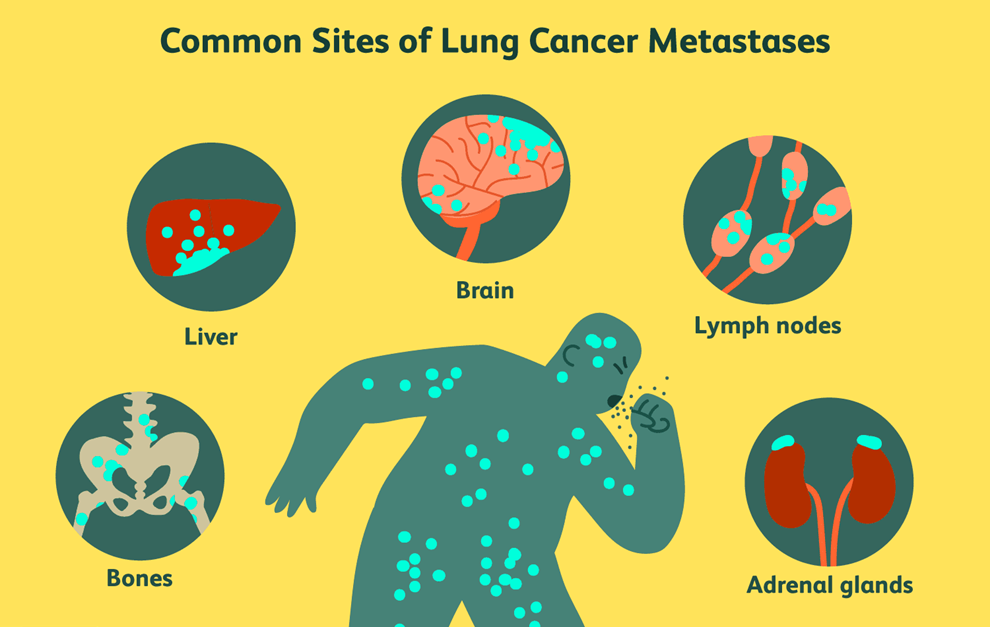A nurse is caring for a client who has a new diagnosis of metastatic lung cancer. The client states, "I can't think about that until after my first grandchild is born next week." The nurse should identify the client's statement as indicating the maladaptive use of which of the following defense mechanisms?
Suppression
Compensation
Regression
Sublimation
The Correct Answer is A
Choice A reason:
Suppression is a conscious defense mechanism where an individual intentionally avoids thinking about disturbing thoughts or feelings. In this case, the client is choosing to delay addressing the reality of their diagnosis until after a significant family event. This can be seen as a temporary coping strategy to manage overwhelming emotions, but it may become maladaptive if overused or if it prevents the client from seeking necessary treatment and support.
Choice B reason:
Compensation involves overachieving in one area to make up for deficiencies in another. The client's statement does not suggest that they are trying to compensate for their illness by excelling in other areas of life; rather, they are postponing the emotional processing of their diagnosis.
Choice C reason:
Regression is a return to earlier stages of development and coping strategies, often under stress. The client's statement does not indicate a regression to more childlike behaviors or earlier developmental stages.
Choice D reason:
Sublimation is a way of channeling unacceptable impulses into socially acceptable actions. The client's statement does not reflect the use of sublimation, as they are not redirecting their feelings about the diagnosis into a different, more acceptable outlet.

Nursing Test Bank
Naxlex Comprehensive Predictor Exams
Related Questions
Correct Answer is {"A":{"answers":"B"},"B":{"answers":"A"},"C":{"answers":"B"},"D":{"answers":"A"},"E":{"answers":"A"},"F":{"answers":"B"},"G":{"answers":"A"},"H":{"answers":"B"}}
Explanation
a. Methadone 40 mg PO daily: This is contraindicated. Methadone is primarily used for opioid withdrawal and maintenance, not for alcohol withdrawal.
b. Nutritional consult: This is anticipated. Nutritional therapy can help balance out the loss of nutrients due to heavy drinking.
c. Perform Alcohol Use Disorders Identification Test (AUDIT): This is contraindicated. AUDIT is a screening tool for assessing alcohol consumption and related problems, but it’s not typically used once a diagnosis of alcohol use disorder has been established and the patient is in withdrawal.
d. Complete blood count and basic metabolic profile: This is anticipated. These tests can help assess the patient’s overall health status and identify any potential complications related to alcohol withdrawal67.
e. Group therapy: This is anticipated. Group therapy can provide peer support and is often beneficial in the treatment of alcohol use disorder.
f. Schedule electroconvulsive therapy (ECT): This is contraindicated. ECT is typically used for severe depression and other psychiatric disorders, not for alcohol withdrawal.
g. Diazepam 10 mg PO three times a day: This is anticipated. Diazepam, a benzodiazepine, is commonly used in the management of alcohol withdrawal to reduce symptoms and prevent complications.
h. Propranolol 40 mg PO twice a day: This is contraindicated. Propranolol, a beta-blocker, is not typically used as a first-line treatment for alcohol withdrawal. It may be used to manage some symptoms such as tremors or high blood pressure, but it does not prevent seizures, a potential complication of alcohol withdrawal.
Correct Answer is A
Explanation
Choice A reason:
Suppression is a conscious defense mechanism where an individual intentionally avoids thinking about disturbing thoughts or feelings. In this case, the client is choosing to delay addressing the reality of their diagnosis until after a significant family event. This can be seen as a temporary coping strategy to manage overwhelming emotions, but it may become maladaptive if overused or if it prevents the client from seeking necessary treatment and support.
Choice B reason:
Compensation involves overachieving in one area to make up for deficiencies in another. The client's statement does not suggest that they are trying to compensate for their illness by excelling in other areas of life; rather, they are postponing the emotional processing of their diagnosis.
Choice C reason:
Regression is a return to earlier stages of development and coping strategies, often under stress. The client's statement does not indicate a regression to more childlike behaviors or earlier developmental stages.
Choice D reason:
Sublimation is a way of channeling unacceptable impulses into socially acceptable actions. The client's statement does not reflect the use of sublimation, as they are not redirecting their feelings about the diagnosis into a different, more acceptable outlet.

Whether you are a student looking to ace your exams or a practicing nurse seeking to enhance your expertise , our nursing education contents will empower you with the confidence and competence to make a difference in the lives of patients and become a respected leader in the healthcare field.
Visit Naxlex, invest in your future and unlock endless possibilities with our unparalleled nursing education contents today
Report Wrong Answer on the Current Question
Do you disagree with the answer? If yes, what is your expected answer? Explain.
Kindly be descriptive with the issue you are facing.
